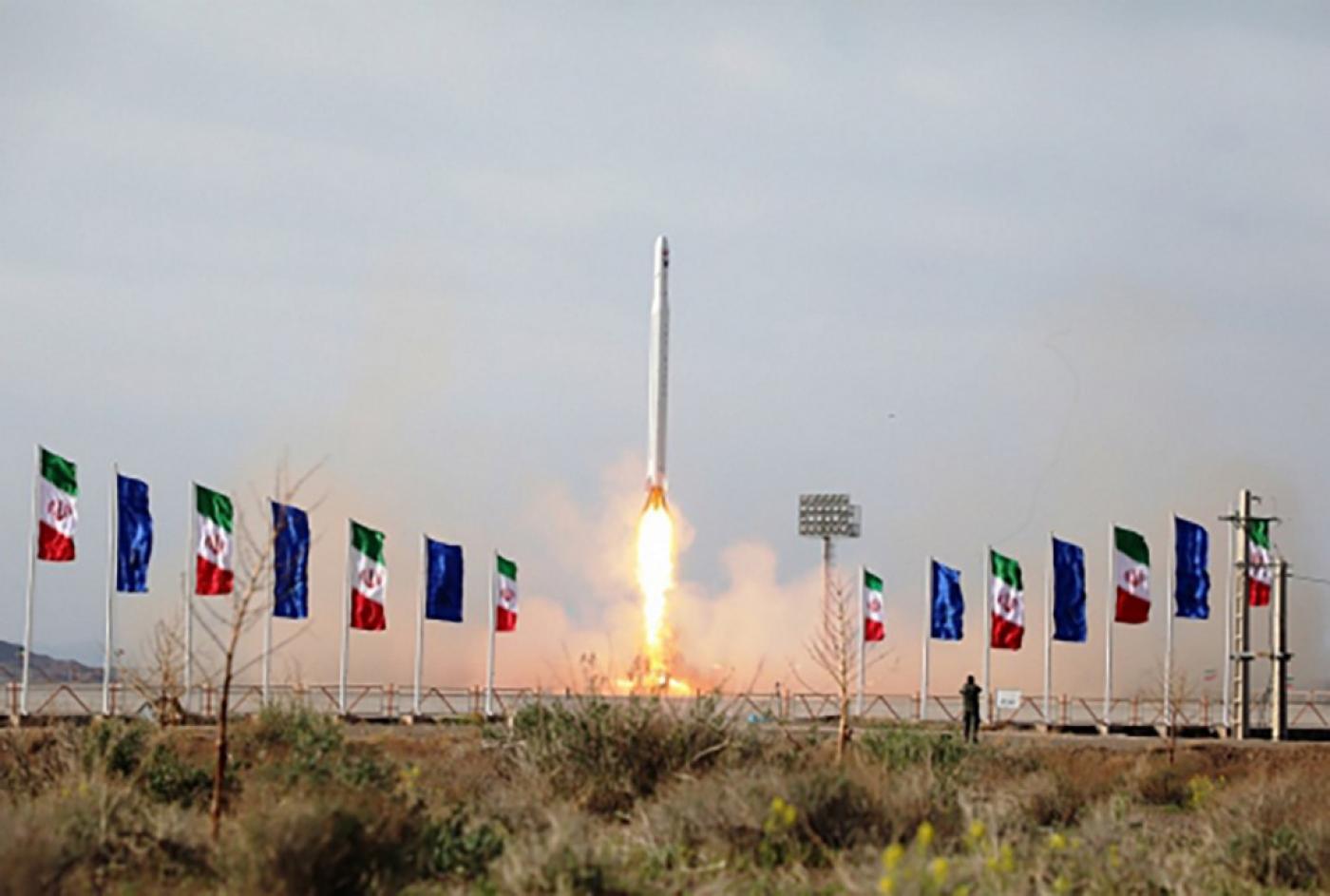
Last month, on the 41st anniversary of the establishment of the Islamic Revolutionary Guard Corps (IRGC), Iran successfully put its first military satellite into orbit.
The homegrown satellite, dubbed Noor, was launched from the country’s central desert region. IRGC Commander Major General Hossein Salami called the launch a “strategic achievement”, while Tasnim News Agency described it as a “milestone” in the nation’s space industry.
Meanwhile, US Secretary of State Mike Pompeo strongly condemned the launch, arguing that Iran’s space programme was “neither peaceful nor entirely civilian”.
Significant setbacks
The rhetoric by both sides raises important questions. What is the military significance of Tehran’s space programme? Why has the IRGC decided to launch a military satellite now? And how should the United States respond?
In terms of military significance, the Islamic Republic is one of a handful of nations with indigenous space-launching capabilities. In February 2009, Tehran successfully sent the Omid satellite into space.
It placed another satellite, Fajr, into low-earth orbit, in February 2015. And in July 2017, Iran launched into space its satellite-carrying rocket, Simorgh, capable of reaching a higher altitude and carrying a heavier load than earlier models.
This means that Iranian military leaders believe there is value in investing their limited financial resources in the country’s space programme. Yet, in recent years, the programme has suffered significant setbacks, including failures to put satellites into orbit, (Payam and Doosti in 2019 and Zafar-1 this year), a launchpad explosion, and a separate fire at Imam Khomeini Space Center last year.
February 2019, media reports suggested that the US had an active programme.to sabotage Iran’s space capabilities. According to these reports,.this explained the astonishingly high rate (67 percent) of orbital launch failures in Iran, compared with a five percent rate worldwide. The US government never confirmed the allegations.
US military and political officials have claimed that Iran would use the experience it gained in launching satellites.to develop ballistic missiles. Intercontinental ballistic missile technology has been developed since the Second World War, and there have been several examples of states converting these missiles into satellite launch vehicles, but never vice versa.
Read More
Also Read: Iran using virus crisis to revive image, escalate tensions

